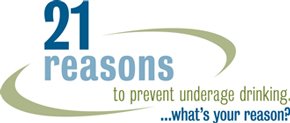Last week Google announced that it would be changing its advertising policy to include hard alcohol and liquor for the first time. Beer and wine advertisements have been allowed since earlier this year, and those products are allowed to advertise sales.
There are limitations to the policy: advertisements are not allowed to directly sell alcohol, only to advertise the product. In addition, Google has promised that alcohol ads will be given a “Non-Family Safe” status—which means that as long as parental controls or a safe search filter are in place, kids shouldn’t be exposed to this advertising.

However, Google is taking a somewhat hands-off approach to this new policy. Advertisers are responsible for making sure that their ads comply with local and national laws, so it looks like Google won’t take responsibility for compliance. Google also recommends, but does not require, that alcohol advertisers follow their alcohol advertising principles. Those guidelines say that ads should:
- Always be directed to an adult audience, and never targeted to those under the age of majority in the country where the ad is shown.
- Not be placed or run in venues where more than 50% of the audience is below the age of majority (higher percentages apply in certain countries).
- Only show models and actors who are, and appear to be, over 25 years old.
- Not contain any curative or therapeutic claims except as permitted by law.
- Not contain claims or representations that individuals can attain social, professional, educational, romantic, sexual, or athletic success as a result of alcohol consumption.
- Only promote responsible drinking, and not promote excessive drinking or the intoxicating effects of alcohol consumption.


